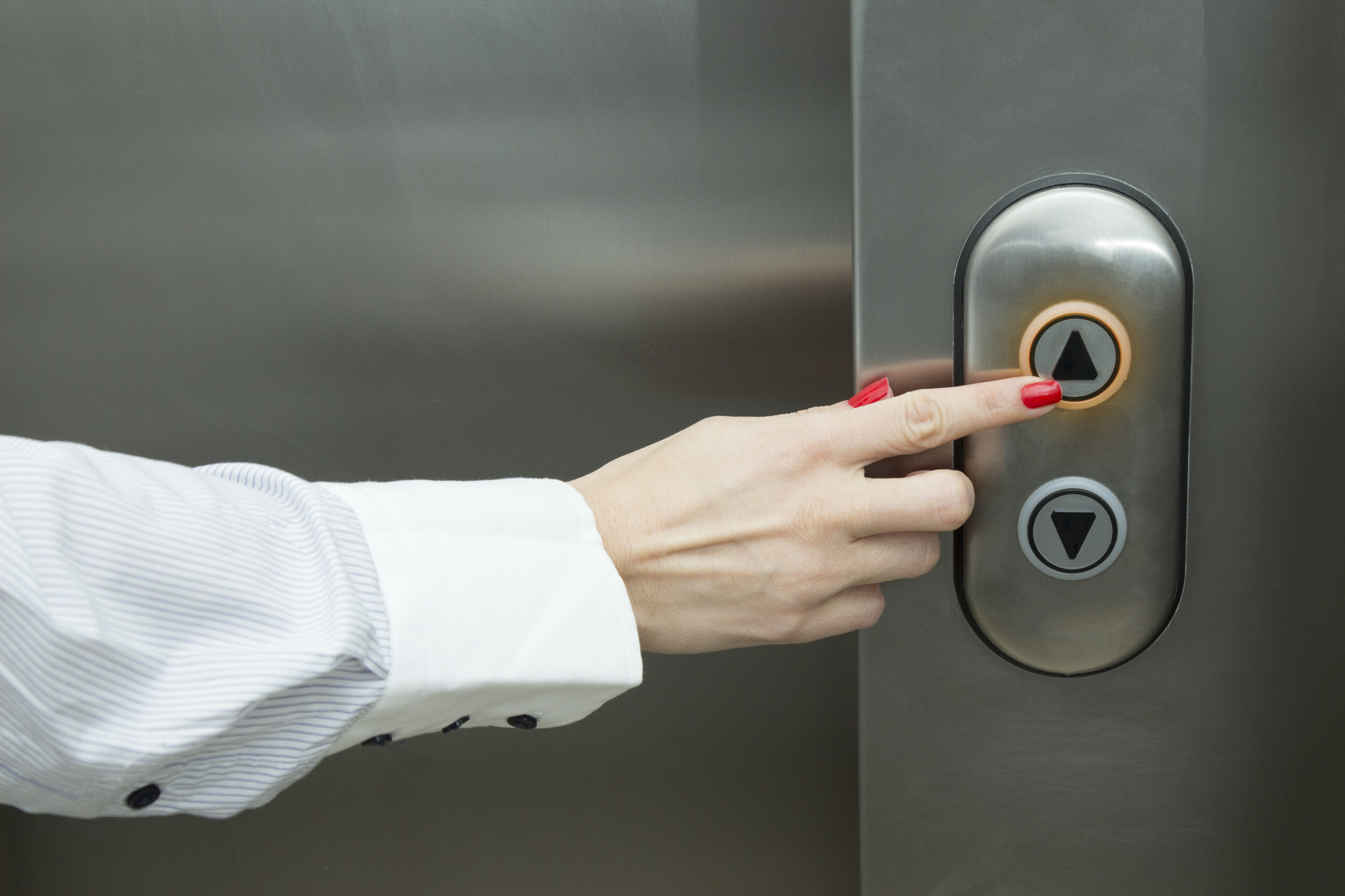Looking Into the World of Lifts: Common Problems Encountered by Numerous Lift Systems
As we browse through the upright transportation systems of modern-day structures, lifts stick out as an indispensable element of our daily lives. Nonetheless, behind their smooth operation exists a globe of complex systems that can in some cases encounter obstacles. From hydraulic lifts to grip systems and machine-room-less layouts, each lift kind includes its set of typical problems. Understanding these obstacles is critical for making certain the smooth functioning of these crucial systems. Let's discover the intricacies that underlie the operation of lifts and the potential concerns that can arise, shedding light on the intricate web of lift systems.
Hydraulic Elevators
Hydraulic lifts, typically preferred for low-rise buildings, make use of fluid pressure to regulate the movement of the lift car (lift repair companies). This system includes a hydraulic pump pressing oil into a cylinder, causing the elevator to relocate in the desired instructions. While hydraulic lifts are recognized for their smooth and silent operation, they do include their own collection of typical issues
One widespread issue with hydraulic lifts is oil leak. The seals in the hydraulic system can break with time, resulting in oil seepage. This not only develops a mess yet can additionally impact the lift's efficiency if left unaddressed. In addition, issues with the control system, such as damaged shutoffs or a malfunctioning pump, can trigger disruptions in the lift's motion.
Regular maintenance and punctual repairs are essential to guarantee the smooth functioning of hydraulic lifts. By dealing with these typical issues proactively, building owners can decrease downtime and make sure the safety and performance of their upright transportation system.
Traction Lifts
When considering vertical transport systems in buildings, an additional typical kind besides hydraulic elevators is the grip elevator. Traction elevators run using a system of ropes and weights that relocate the lift vehicle by clutching onto the hoist ropes. This device allows for smoother and much faster vertical transport contrasted to hydraulic systems.
One of the usual issues dealt with by traction lifts is rope wear. The constant activity of the ropes within the grip system can cause tear and wear over time, potentially causing the lift to breakdown or come to be unsafe for use. Regular inspections and maintenance of the ropes are vital to ensure the lift's proper functioning and safety.
An additional problem that traction elevators may experience is connected to the control system. Problems with the control system can bring about problems such as unpredictable motion, hold-ups in feedback times, and even total closures. Routine testing and upkeep of the control system are crucial to avoid such problems and guarantee the lift's reliability.
Machine-Room-Less (MRL) Lifts

Among the key components of MRL elevators is the portable gearless grip device that is installed within the hoistway. This maker effectively drives the elevator cars and truck without the requirement for cumbersome devices discovered in standard traction elevators. Furthermore, MRL lifts generally make use of a weight system to stabilize the car, further improving their power performance.
Despite their advantages, MRL lifts may deal with difficulties connected to repair and maintenance due to the confined space for devices installation. Accessibility for servicing elements within the shaft can be limited, needing specialized training for service technicians. Appropriate upkeep timetables and normal inspections are important to make sure the ongoing smooth Bonuses procedure of MRL lifts.
Overloading and Weight Limit Issues
Straining and weight limitation problems are crucial worries in elevator procedures. Elevator producers layout lifts with details weight abilities to guarantee traveler safety and tools long life.
When elevators are overloaded, it why not find out more places extreme strain on the electric motor, cords, and other parts, potentially causing malfunctions or break downs. If they discover excess weight, safety devices such as sensors and overload sensing units are in area to stop elevators from relocating. Additionally, surpassing weight limits can cause increased power consumption and damage on the elevator system.
To alleviate overloading problems, constructing managers need to prominently show weight limitations in elevators and inform owners on the significance of sticking to these restrictions - lift repair companies. Routine upkeep checks by qualified professionals can also assist ensure that elevators are operating within secure weight parameters. By dealing with overloading and weight restriction issues proactively, structure proprietors can enhance elevator security and performance
Electric System Failings
Going beyond weight limitations in elevators can not only result in mechanical concerns but likewise possibly add to electric system failings within the lift infrastructure. Electrical system failures are an essential issue in elevator procedure, as they can cause unexpected shutdowns, malfunctions, and even security hazards. One common electrical concern is the overheating of components due to excessive present flow triggered by straining the elevator past its capacity. This can bring about harm to the control, circuitry, or electric motor systems, check my site resulting in costly repairs and downtime.
Routine maintenance and assessments are crucial to determine and deal with prospective electrical problems promptly, making sure the reliable and safe procedure of elevator systems. By sticking to weight limits and carrying out regular electric system checks, building owners can minimize the risk of electrical failures in elevators.
Final Thought

Hydraulic elevators, commonly chosen for low-rise structures, utilize fluid stress to regulate the motion of the lift vehicle.When taking into consideration vertical transport systems in buildings, one more usual type aside from hydraulic lifts is the traction elevator. Traction elevators operate making use of a system of ropes and counterweights that relocate the lift vehicle by clutching onto the hoist ropes. Unlike traditional elevators that call for a separate equipment room to house the devices, MRL lifts incorporate most of the elements within the shaft, removing the demand for a devoted maker space.In verdict, lifts face typical problems such as hydraulic breakdowns, grip system failings, and electrical system problems.
Comments on “London Lift Company: Providing Comprehensive Lift Solutions Across the Resources”